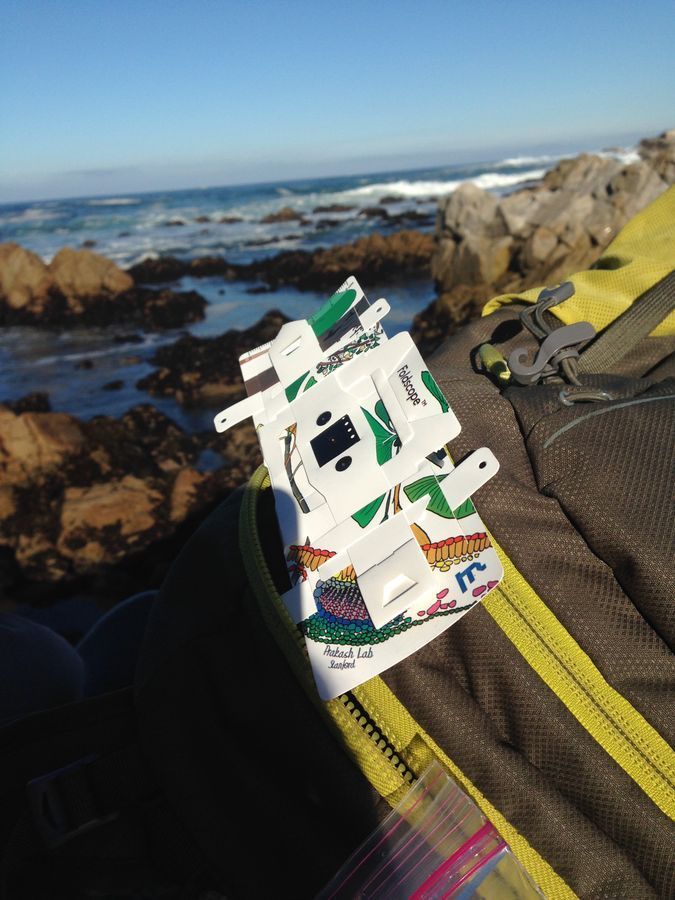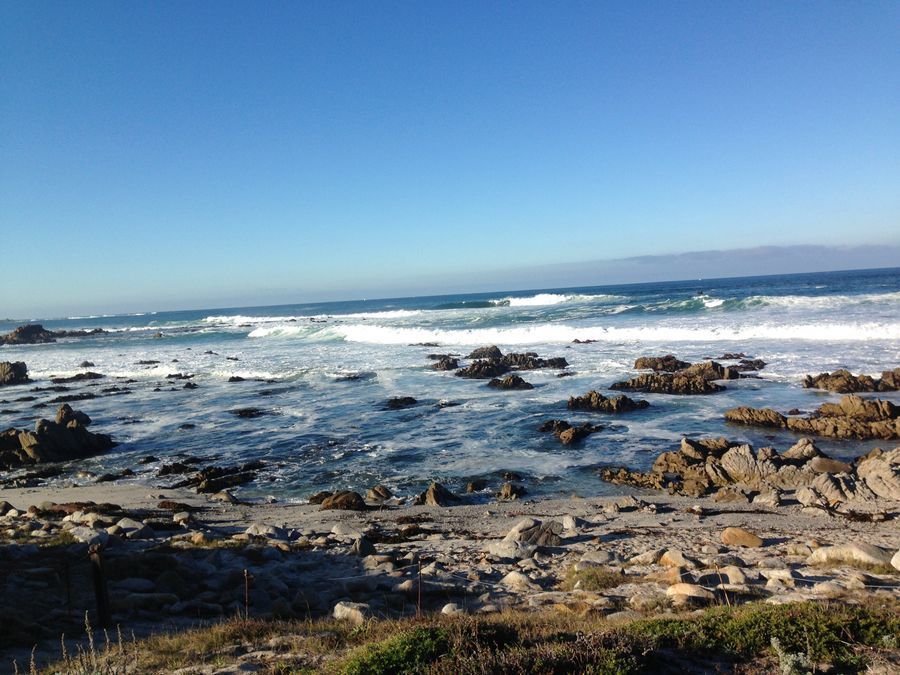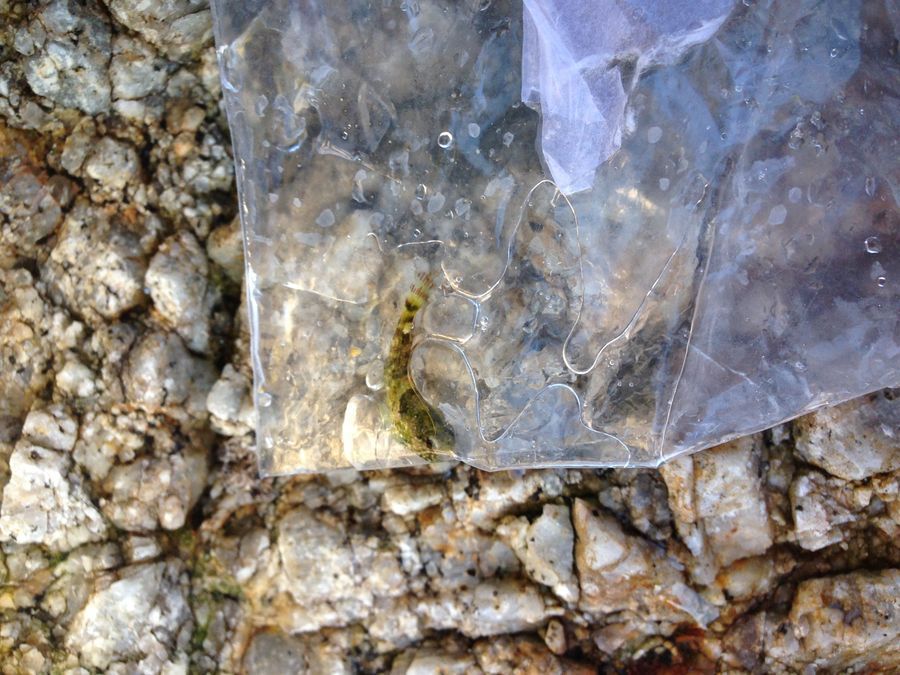Imaging “live” parasites (Ambiphyra) on “live fish”
 Apr 02, 2016 • 6:34 PM UTC
Apr 02, 2016 • 6:34 PM UTC Unknown Location
Unknown Location 140x Magnification
140x Magnification Microorganisms
Microorganisms
Manu Prakash
I am a faculty at Stanford and run the Prakash Lab at Department of Bioengineering at Stanford University. Foldscope community is at the heart of our Frugal Science movement - and I can not tell you how proud I am of this community and grassroots movement. Find our work here: http://prakashlab.stanford.edu
266posts
1192comments
42locations

Today, I am excited to share a wonderful world of live imaging with the Foldscope community. It is always a thrill to watch “live” biological processes; since they are dynamic and evoke a sense of life. Something is so special about living matter, it is counter intuitive in nature. Thus is crucial to prepare your samples gently and see if you can keep them alive and well and still image the hidden world.

Today’s story is a story of a tiny tiny fish. I was on a walk along the ocean and I stumbled upon this beautiful tide pool. It was early hours, and the waves were very strong. I see a camouflaged fish; and I was excited to take a closer look.
Methods: For larger samples, I usually take a zip-lock bag and keep my sample inside a zip-lock bag. I bring the sample to one corner of the ziplock bag; which still has water. This way I can immobilize the object for a short period of time, and return it back to bulk water. Now I bring this corner of the sample inside the foldscope; and just image normally. Whenever I want to stop; or add more water; I tilt the zip lock bag one way or the other. In the end, I often release the sample back to the place I picked it from.

Now, while imaging; I focused on the fins of the fish; since I knew they are thin and I have previously imaged blood flow in the same ( https://microcosmos.foldscope.com/?p=2329 ) – but this time I was up for a surprise. Watch the three videos below; and you will notice something attached to the fin of the fish. You can also see “color cells – “melanophore” along the entire body which gives color to the fish.
What I believe, the attached object is a ciliate parasite – an ectoparasite that lives outside the fish. It’s feeding on bacteria and other planktonic matter from outside floating in the water. The reason it is being called a parasite is that too many of them have been known to burden the fish; specially close to the gills. I believe this is a “Ambiphyra”.. please help identify it further.
As you can also note; they cover all the fins of this tiny little fish. Many of them occur in clusters on the surface and are hence hitching a ride along with the fish.
As you can also note; they cover all the fins of this tiny little fish. Many of them occur in clusters on the surface and are hence hitching a ride along with the fish.
More images of the melanophore and the skin surface.
In the end, I released the fish and it away away. It’s incredible to see the level of camouflage in this fish; all because of the melanophore we discussed above. It’s fascinating that the fish can pattern individual cells in such a precision. It’s almost as it has powers to be invisible.
This post has a good lesson for me – when I planned to look at the fish, I had no idea about the existence of these parasites. And when I first saw them; I was so excited. I have not been able to find any good live data on these parasites – Ambiphyra – and most of the observations reported are in fisheries. I find it incredible how you can start making observations and nature leads the way. It’s a very smart strategy to hitch a ride all your life on the back of a fish; not a bad strategy when you are tiny and want to see the “oceanic” world.
Keep exploring.
cheers
manu
Keep exploring.
cheers
manu
Sign in to commentNobody has commented yet... Share your thoughts with the author and start the discussion!

 0 Applause
0 Applause 0 Comments
0 Comments
















